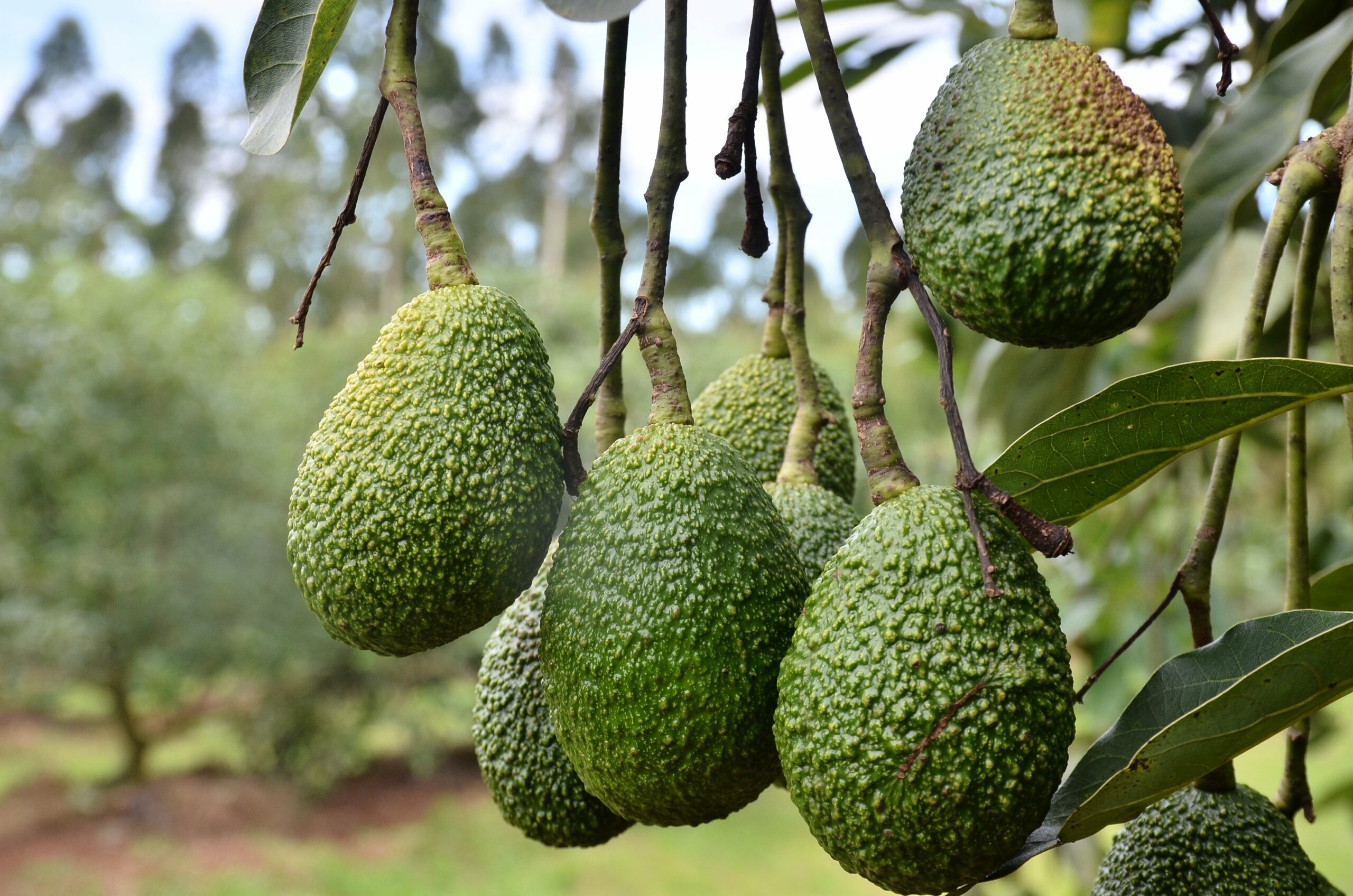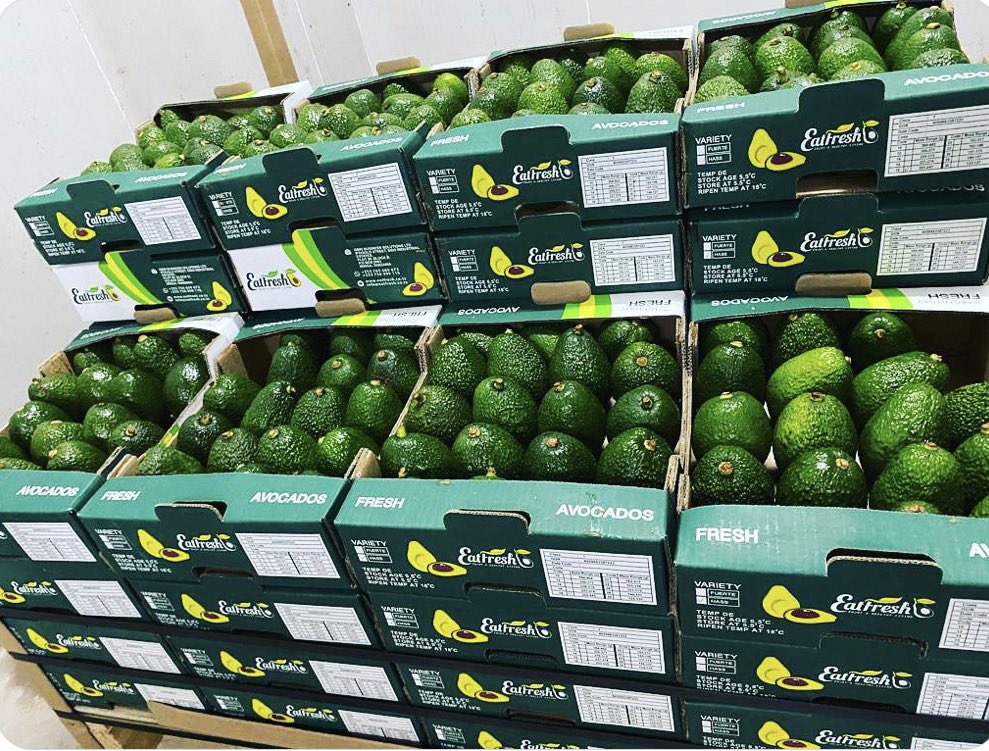Avocado production in Kenya has seen a significant increase in recent years, driven by high demand in international markets. The country is among the world’s leading producers of avocado, with over 115,000 hectares of land dedicated to the crop. However, the sector faces several challenges that threaten its growth and sustainability. This blog post will explore some of the challenges, opportunity and Market facing avocado production in Kenya.
Challenges
- Pests and diseases
Pests and diseases are among the most significant challenges facing avocado production in Kenya. The most common pests affecting avocado trees include thrips, mites, and fruit flies. Diseases such as anthracnose and root rot can also cause significant damage to avocado trees, reducing yields and affecting the quality of the fruit. These pests and diseases can be managed through the use of pesticides and proper orchard management practices.
- Lack of modern technology
Most avocado farmers in Kenya still use traditional farming methods, such as manual weeding, which are time-consuming and less effective. The lack of modern technology, such as irrigation systems and mechanized equipment, also limits the efficiency of avocado production in the country. With the adoption of modern technology, farmers can increase yields, reduce costs, and improve the quality of the fruit.
- Limited access to markets
Despite being a major producer of avocado, Kenyan farmers face challenges in accessing international markets. The lack of proper market linkages, market information, and certification schemes limits their ability to reach customers in lucrative markets such as the European Union and the United States. This limitation reduces the potential income from avocado farming and discourages farmers from investing in the sector.
- Climate change
Climate change is a growing threat to avocado production in Kenya. Changes in weather patterns, including droughts and floods, can affect the growth and development of avocado trees, reducing yields and affecting the quality of the fruit. The increasing temperatures can also affect the flowering and pollination processes, leading to a decrease in yields. To mitigate the impact of climate change, farmers need to adopt climate-smart agriculture practices such as planting drought-resistant varieties and investing in water harvesting technologies.
- Lack of access to finance
Access to finance is another significant challenge facing avocado farmers in Kenya. Most farmers lack the capital needed to invest in modern farming technologies and practices, limiting their ability to increase yields and improve the quality of the fruit. The high-interest rates charged by financial institutions also discourage farmers from borrowing to finance their farming activities.
In conclusion, while avocado production in Kenya has shown significant potential, it faces several challenges that must be addressed for the sector to achieve sustainable growth. The government and other stakeholders should work together to address these challenges by providing farmers with the necessary resources and support to improve the efficiency and profitability of avocado production. With the right interventions, Kenya can continue to be a major player in the global avocado market.
Opportunities
While there are several challenges facing avocado production in Kenya, there are also numerous opportunities for growth and profitability in the sector. Some of these opportunities include:
- Growing demand in international markets
The global demand for avocados is increasing, with the fruit gaining popularity in Europe, the United States, and Asia. This presents an excellent opportunity for Kenyan farmers to increase their production and tap into these lucrative markets.
- Diversification of markets
While Kenya’s main export market for avocados is currently Europe, there is a growing demand for the fruit in the Middle East and Asia. Diversifying export markets can help reduce the reliance on one market, which can be volatile due to factors such as changes in regulations and currency fluctuations.
- Growing domestic demand
As the middle class in Kenya continues to grow, so does the demand for avocados in the domestic market. This presents an opportunity for farmers to increase production and tap into the local market.
- Investment in value addition
Value addition activities such as processing and packaging can increase the profitability of avocado production in Kenya. This can help farmers access high-value markets, reduce post-harvest losses, and increase the shelf life of the fruit.
- Organic and fair trade certification
Organic and fair trade certification can help farmers access premium markets and increase their income. These certifications also promote sustainable farming practices and ensure that farmers receive a fair price for their produce.
In conclusion, while avocado production in Kenya faces several challenges, there are also numerous opportunities for growth and profitability in the sector. By tapping into these opportunities and addressing the challenges, farmers can increase their income and contribute to the growth of the Kenyan economy.
Market
The avocado market in Kenya is growing, with increasing demand both locally and internationally. Kenya is one of the top avocado producers in the world, and the fruit is a significant contributor to the country’s agricultural exports. Here are some key aspects of the avocado market in Kenya:
- Export market The European Union is the main export market for Kenyan avocados, accounting for over 80% of the country’s total avocado exports. Other markets include the United States, the Middle East, and Asia. The demand for avocados in these markets is driven by the increasing popularity of the fruit, particularly among health-conscious consumers.
- Domestic market The demand for avocados in the domestic market is also growing, driven by the rising middle class and increasing health awareness. The fruit is popular in supermarkets and open-air markets across the country, with consumers willing to pay a premium for high-quality avocados.
- Price trends The price of avocados in Kenya is influenced by several factors, including the season, supply and demand, and quality. Prices are generally higher during the off-season when there is less supply, and lower during the peak season when there is an abundance of the fruit. The price of avocados can also be influenced by factors such as transport costs and international market trends.
- Market regulations To export avocados to international markets, farmers must comply with strict regulations and standards. These regulations include certification for food safety, quality, and environmental sustainability. Compliance with these regulations is essential for farmers to access international markets and maintain the reputation of Kenyan avocados as high-quality produce.
- Value addition Value addition activities such as processing and packaging can increase the profitability of avocado production in Kenya. By adding value to the fruit, farmers can access high-value markets and increase their income. Value addition also helps reduce post-harvest losses and increase the shelf life of the fruit.
In conclusion, the avocado market in Kenya presents significant opportunities for farmers to increase their income and contribute to the growth of the country’s economy. By tapping into both domestic and international markets, complying with regulations, and investing in value addition activities, farmers can increase the profitability of their avocado production.




